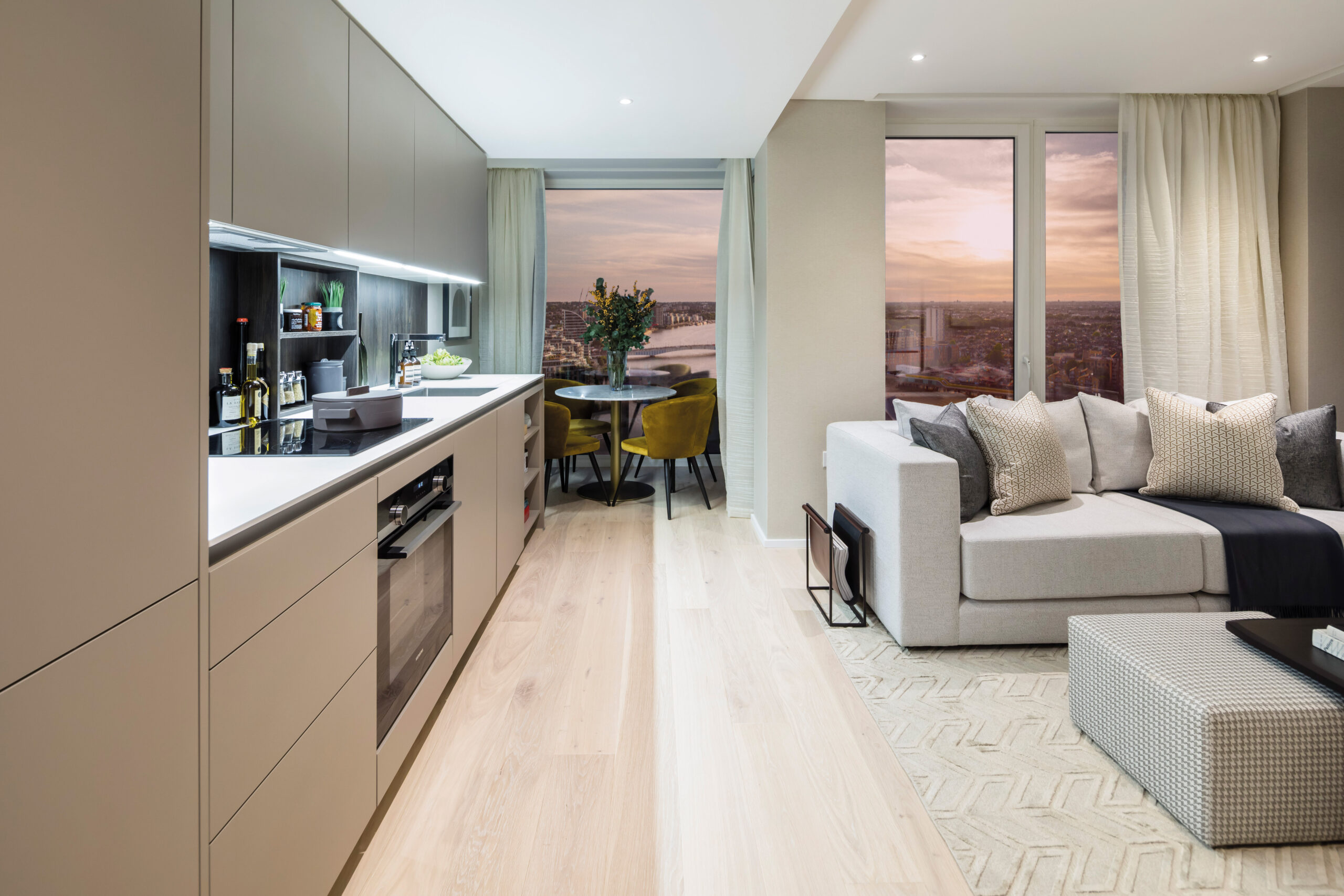‘What’s occurring’ with the Welsh housing market and UK house prices overall?
After the housing market ground to a halt across the UK in March 2020 following the initial onslaught of the Covid-19 pandemic, there has been a promising rise in both sales and house prices over the past 12 months.

The initial surge in demand experienced as the housing market reopened in May 2020 was bolstered in no small amount by the government’s decision to introduce a temporary reduction to stamp duty land tax rates from 8 July 2020 – 31 March 2021, whereby the nil rate was raised to a generous £500,000. The uptake that followed and the number of buyers still mid-transaction in the run up to the 31 March 2021 deadline meant that the Budget 2021 included an extension of the stamp duty reduction until 30 June 2021 and a nil rate of £250,000 from 1 July 2021 – 30 September 2021, returning to the pre-pandemic nil rate of £125,000 thereafter.
As a result, house prices rose more rapidly in the second quarter of 2020 than they have done since 2016 and in December 2020, annual house price growth in the UK had continued to rise – despite mounting concern about the impending Brexit – and was at its highest rate (7.3%) since January 2015.
Notwithstanding a dip to 5.7% in March 2021 – before the announcement of an extension to the stamp duty reduction and the return of buyer confidence – house prices have remained at record levels, reaching a position of 10.9% annual growth in May 2021 and a record average house price nationally of £242,832 according to Nationwide. An increase of £23,930 over the past twelve months.
Nowhere is this more apparent than in Wales, where annual house price growth rose to a record 11.9%. Parts of the northwest and the northeast region of Yorkshire and Humber have also seen over 10% growth in house prices, the largest increases in all three regions in at least 15 years according to the Halifax House Price Index.
Indeed, over the last 12 months the average house price in popular West Wales with its stunning Brecon Beacons National Park, rugged Black Mountains and popular border towns like Hay on Wye has risen an impressive 21%, with a 10% rise in West Wales, home of the scenic Pembrokeshire coastline and a 9% rise in both North and South Wales (with even greater rises in Swansea).
In contrast, prices in London and other expensive areas of the southeast of England have risen much more slowly, with the Capital seeing the smallest growth in house prices of any part of the UK in the first quarter of 2021 (and a 3.1% increase in the Greater London area overall in the last 12 months). However, with property prices already sky high in London for much of the noughties following a healthy rebound from the 2008 financial crisis which was not seen in other parts of the UK, many industry experts are suggesting the rest of the UK is now ‘levelling up’.
Indeed, it would seem that popular buyer preferences throughout 2020 for a bigger garden (top of the list of requirements for over two thirds of buyers according to a Nationwide survey) more space overall (50% of buyers) and better working from home space (36%) has pushed buyers out of their geographical comfort zones in search of property options which tick all of the boxes. As has the preference for more outdoor space, with 31% of buyers seeking homes closer to parks and green spaces plus 30% seeking a move to a more rural area. To find these prerequisites within their property budget, more buyers than ever before (35%) are contemplating completely new parts of the UK to call home.
For instance, the average house price in Wales is still a very affordable £205,000 according to Zoopla (compared to £346,000 in England). Even in Cowbridge – the scenic Vale of Glamorgan town with excellent connections to nearby Cardiff and home to the steepest average house price in Wales – you can still pick up a 3-bedroom detached property for around £350,000 or a 2-bedroom semi-detached home for around £200,000.
Industry experts are also seeing potential buyers willing to spend more of their monthly income on their property to secure these bigger properties which come with a bigger price tag, assisted by more and more competitive lending options from mortgage lenders and the incentive of the government’s mortgage guarantee scheme on high loan to value (LTV) mortgages (91-95% mortgages especially).
Current restrictions around overseas travel means that we are likely to see a repeat of patterns in 2020 in the coming months, whereby the traditionally quiet summer months continue to be busy for the property market now foreign holidays are off the cards. With demand also still outstripping supply in many sought after areas it doesn’t look as though house prices will be dropping any time soon.
However, as with any rise in house prices, there can be a negative impact for those who are yet to become homeowners and are effectively priced out of the housing market altogether. There is also the risk of incurring higher rates of inflation, potential debt when mortgage repayments overshadow income and a resultant loss of disposable income to be invested in other areas of the ailing economy, and therefore a failure to stimulate the overall GDP growth.
